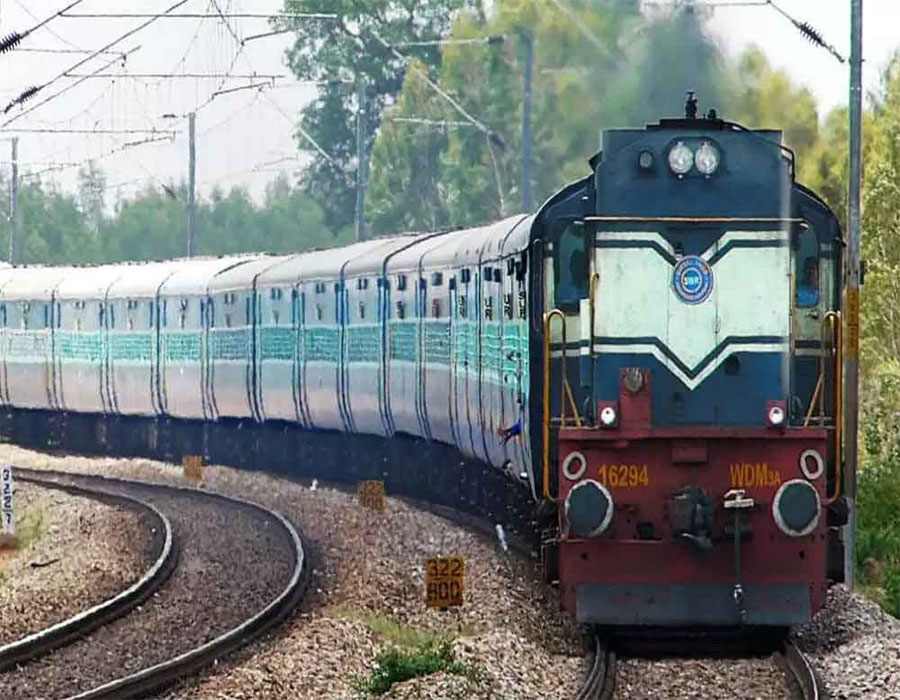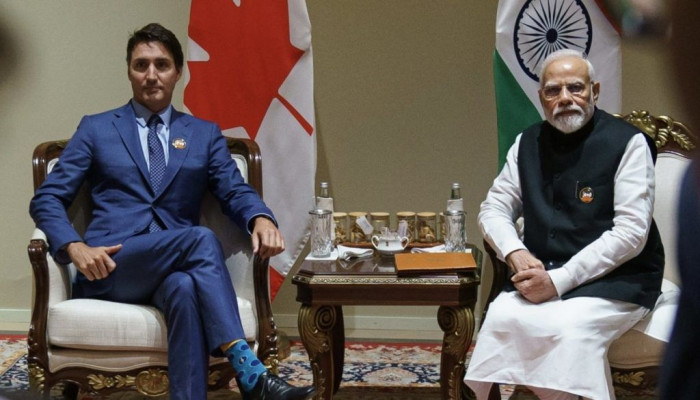Taking advantage of the lull in operations, the East Central Railways fast-tracked projects where suspension of traffic for long periods was needed
In order to carry out urgent works, repairs and modifications to the existing railway infrastructure in the country, suspension of all train movement in a given section is inescapable. This cessation of all activities is called a “traffic block” in railway parlance. Over the years it had become hard, if not impossible, to order a “traffic block” on account of the exponential growth of the Indian Railways, where over 16,000 trains originating everyday run on the vast network of 67,000 km.
However, the Covid-19 pandemic, which has adversely impacted the nation’s economy over the last nine months, resulted in the number of trains originating daily from all over the nation, dropping to less than half. Due to this, a “traffic block” could now be ordered at the drop of a hat. Taking advantage of the lull in operations, the East Central Railways (ECR) fast-tracked nearly a dozen projects where suspension of rail traffic for long periods of time was involved. These projects had been dragging on for years as train operations were being routinely accorded top priority and stopping all train movement for them was simply out of the question, unless it was for a safety-related task.
However, due to the Coronavirus, upgrading the 390-km long Jhajha to Deen Dayal Upadhyaya (DDU), the erstwhile Mughalsarai station route, to run trains at 130 kmph instead of the earlier 110 kmph became possible since long “traffic blocks,” extending up to six hours, could be ordered. This involved extensive replacing of existing rails with those of higher Ultimate Tensile Strength (UTS). Hence, Plasser Quick Relaying System (PQRS) machines that could lay down 230 m-long welded rail panels in one go were deployed for the completion of the task.
The Jhajha-DDU section, though an alternative to the Asansol-Dhanbad-Gaya-DDU route, had suffered neglect for decades. But having gained adequate traffic over the last decade or so, it was now ripe for an upgrade. No less than six stations that had the antiquated system of hand-lever cabins with semaphore signals were replaced by electronic interlocking and coloured-light signals. Similarly, electronic-interlocking was commissioned at the Kiul-Lakhisarai section and an Intermediate Block Hut (IBH) was provided at the Sachivalay Halt, Block Hut C, Hathidah, Bhalui and Chaura. This upgrade had a salutary effect on the speed of trains, and the time to cover the Jhajha-DDU stretch was now cut by almost half an hour.
Route Relay Interlocking (RRI) is the gold standard for train operations, where hundreds of train-routing points and signals in major yards can be operated from a Central Cabin. Long-pending projects for Patna (Rs 30 crore), Danapur (Rs 52 crore) and Kiul-Lakhisarai (Rs 21 crore) were taken up and completed. This was a very difficult, if not impossible, task to finish in the pre-Coronavirus era of busy rail traffic.
Another work from the vast basket of projects of the ECR that had been in a limbo for a number of years, too, got sped up. This was a bridge over the River Kosi, that would bring prosperity to the remote region of north Bihar. The old bridge, built in 1887, between Nirmali and Saraigarh (district Supaul) in north Bihar (along the Nepal border) had been destroyed in an earthquake in 1934, snapping rail connectivity to this region. The foundation stone for a new bridge had been laid by Atal Bihari Vajpayee in 2002 and the project was in the final stages of completion, waiting for rail approaches from the Nimarli and Saraigarh ends. This project, costing Rs 323 crore, picked up momentum with resources now available due to the pandemic, and the 1.9-km long railway line, along with the mega-bridge over Kosi, was completed at a final cost of Rs 620 crore. It was dedicated to the nation by Prime Minister Narendra Modi in September.
Connectivity between south and the equally, if not more, prosperous north Bihar has always been an issue. Constructed at a cost of Rs 2,800 crore four years ago, a rail-cum-road bridge over the Ganga provides a vital connection between Munger and Katihar, bypassing the congested Barauni Junction route for movement from south to north Bihar and beyond, to Bengal and Assam.
It was indeed a red-letter day for the Indian Railways when the more than 3-km-long bridge over the Son River was converted from double to triple track, with advance signalling features, thanks to less than half the level of rail traffic now moving due to the pandemic. A major upgrade for the Grand Chord route (Dhanbad-DDU), it also involved RRI work at the Dehri-on-Son and Sonnagar stations of the DDU division. Expected to make a significant impact on the throughput of coal trains, it is slated to hike the potential for supplying coal to power plants by 20-25 per cent, meeting the burgeoning demand of electricity for the Indian economy.
(The writer is a former member, Railway Board)








 OpinionExpress.In
OpinionExpress.In















Comments (0)